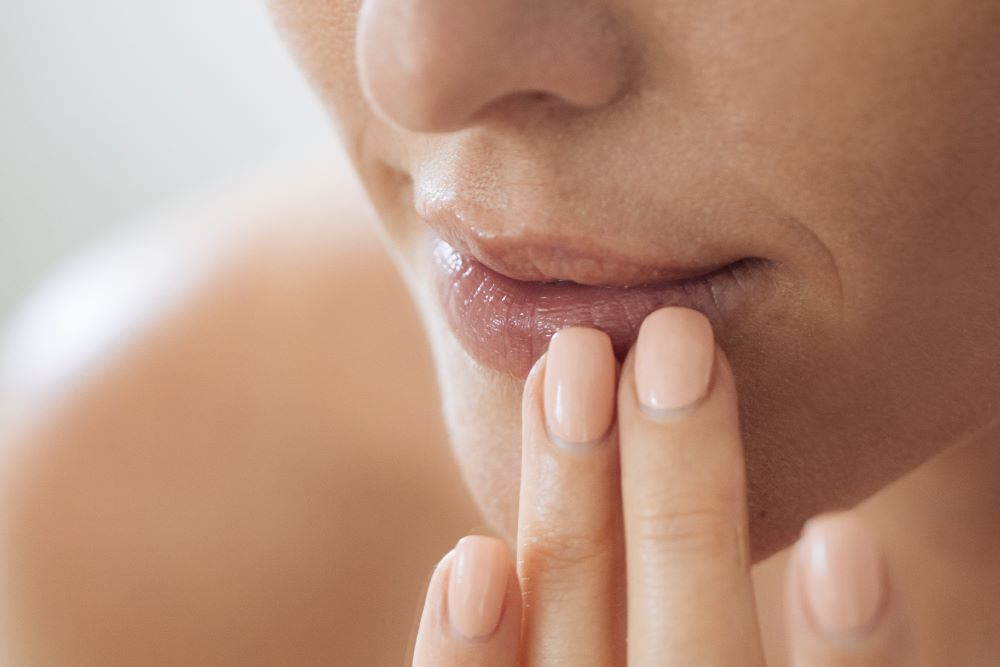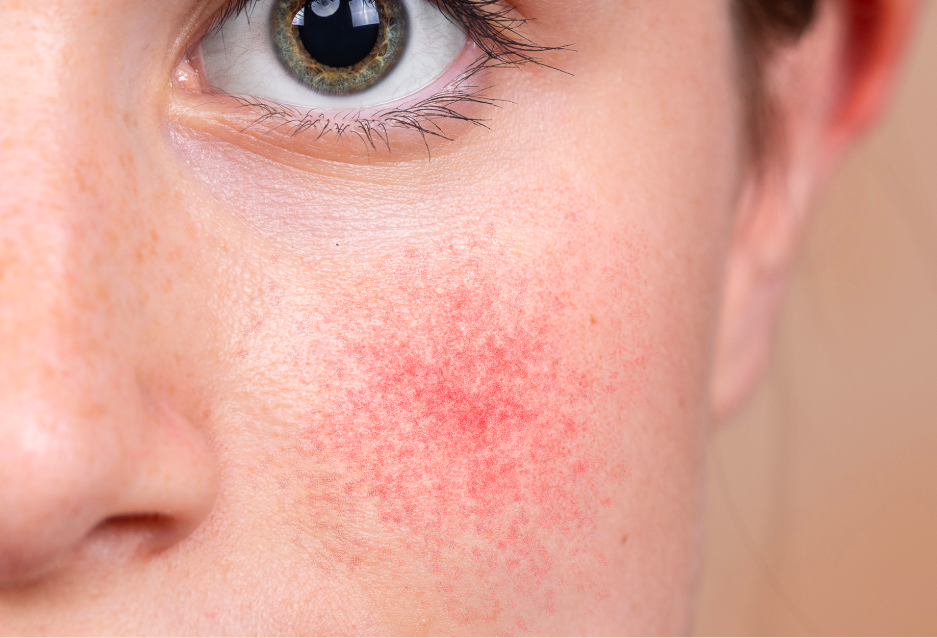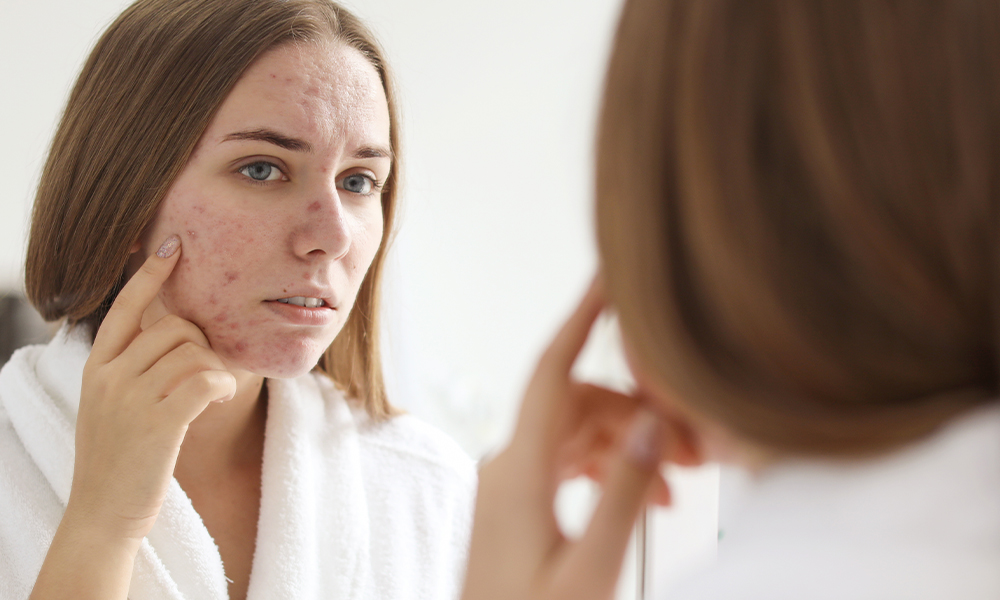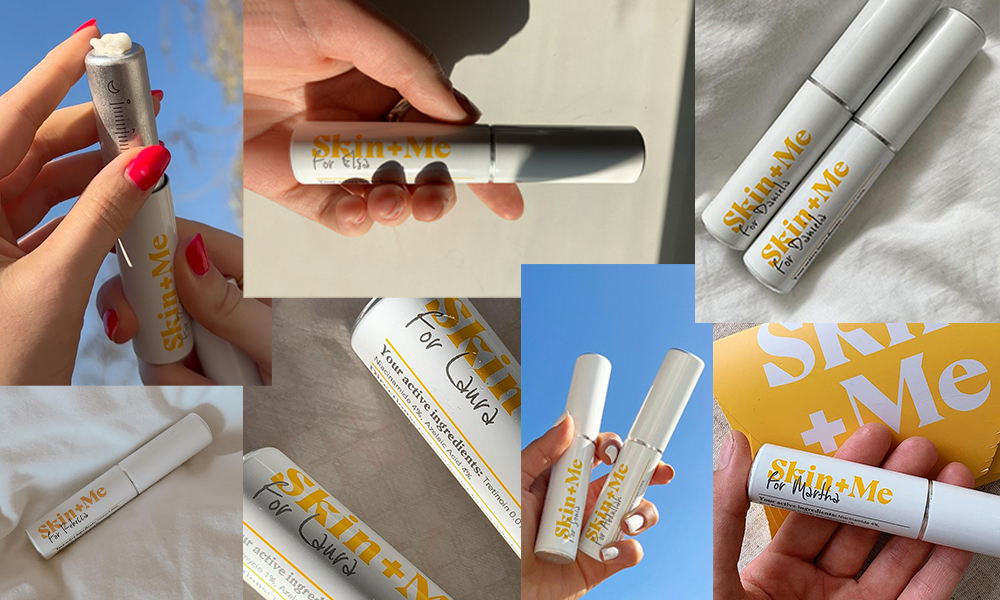Rosacea Awareness Month: Five Things to Know About Rosacea

Like and share the article here:
Ask A Prescriber: How Can I Heal Perioral Dermatitis?
Authors: Whitney Yeboah & Afsara Tasnim
So, you’ve been enjoying all that skincare has to offer and then, gradually over the course of a month or two, everything feels like it’s crashing down when you notice a rash around your mouth. Don’t panic – you may be experiencing perioral dermatitis (POD). Read on to find out what it is, why it occurs and how to get back on track.
What is perioral dermatitis?
The name sounds scary, but don’t be alarmed – perioral dermatitis (POD) is a common skin problem that is often mistaken for an acne flare-up. It presents itself as a red scaly rash around the mouth, and in darker skin types it can appear slightly hyperpigmented with a reddish-brown hue.
In order to understand POD, you need to be aware of the overarching term ‘Periorificial dermatitis’. This describes an inflammatory skin problem that tends to affect areas of the skin near an opening such as the mouth, nostrils or eyes. If the rash affects the eyes it is called periocular dermatitis, and if it affects the nose it is given the term perinasal dermatitis.
The good news is that POD is not contagious, but unfortunately, it can be a little tricky to treat because we still don’t know exactly why it happens. Luckily, there are a few theories and a few effective treatments that can help resolve things, so your skin can feel happy and healthy once again.
What are the symptoms of perioral dermatitis?
POD can easily be mistaken for acne but it is also thought to be a variant of rosacea, and presents similarly to any skin eruption that feels inflamed, dry, bumpy and sensitive to touch.
The main difference between POD and other inflammatory skin conditions is that you find itchy, sore, symmetrical clusters of small papules around the mouth. It commonly affects the nasolabial folds (your lovely smile lines) and the chin area, and in severe cases, the rash can become more widespread. This differs from the larger papules and pustules seen in acne or rosacea that often appear in many different areas of the face.
We know that waking up with painful inflamed skin, especially after having a run of flawless skin, can have a major impact on your self-confidence and how you feel throughout the day. So, if you are experiencing a POD flare-up, make sure you speak to a clinician to get advice on the next steps.
What is causing my perioral dermatitis?
You can run but you can’t hide from dreadful British weather. Our environment can certainly run riot on our skin – cold weather as well as dry air from indoor heating can affect the skin barrier and increase your risk of developing POD.
Unfortunately, we’re not superhuman and we can’t change the weather, but we can eliminate creams with active ingredients that can cause dryness or irritation as these may induce POD in those that are susceptible.
POD may also be induced by:
- Steroids – mostly commonly creams on the skin or nasal sprays
- Using multiple cosmetics on the face
- Potential allergens or irritants i.e. fluorinated toothpaste
- Demodex mites – a type of mite that lives in human hair follicles
- Hormonal changes, including pregnancy and contraceptive pills
Who is most likely to get perioral dermatitis?
Perioral dermatitis is more common in lighter-skinned females and usually affects young to middle-aged women.
How can I get rid of perioral dermatitis?
Not knowing the exact cause of POD sounds unsettling, but it’s reassuring to know that there are effective treatments to help battle the irritation and get you right back on track.
First things first, stop using anything that might have triggered the POD in the first place! This includes your Skin + Me Daily Doser and any skincare products such as moisturisers, cleansers, make-up and yes, even sunscreen. Just wash your face with warm water until the rash settles.
The redness and spots can specifically be treated medically with antibiotics. As POD is thought to be a variant of rosacea, a course of topical metronidazole (the gold standard antibiotic that’s also anti-inflammatory to treat the spots and redness of rosacea) can be prescribed in some cases.
Additionally, a low dose of azelaic acid (an antioxidant that fights inflammation, reduces redness and treats spots) and niacinamide (a form of vitamin B that improves the skin barrier and benefits rosacea-prone skin) can help tackle the irritation.
We would normally expect POD to start settling after four to six weeks but it’s important to remember everyone’s skin is different and some people can take longer to see improvements. It can often take up to 12 weeks to settle but if topical treatment alone doesn’t clear it up, adding an oral treatment alongside the topical treatment can help speed up the healing process.
What if my perioral dermatitis gets worse despite using treatment?
We often find that taking a break away from the stress of day to day life and work is needed to feel refreshed and get us back on track. This is no different with skin. After facing the aggression of POD and not seeing results despite using treatment is understandably very frustrating.
At this point, your skin is in dire need of an escape from everything and needs that break to just self-heal. This is what we call ‘Zero Therapy’.
Zero therapy is abstaining from all treatment and cosmetics and using only warm water. If the skin is really sensitive and reactive, removing all active ingredients can often settle things down completely.
Once your skin feels rejuvenated and the irritation has settled, you can slowly start introducing your skincare products into your routine. To minimise the chances of getting back into the vicious cycle, it’s best to stick to a gentle, stripped back routine so your sensitive skin doesn’t feel overwhelmed. You can start gradually reintroducing a very gentle cleanser, a hydrating moisturiser and sunscreen into your routine.
New to Skin + Me? Get your first month of personalised skincare for £4.99 with promo code DOSE – complete our quick consultation here.
Looking for a routine refresh? Add the Dream Routine to your Skin + Me subscription.
In need of a restock? Head to The Skincare Shop for one-off purchases of your Routine Essentials.



